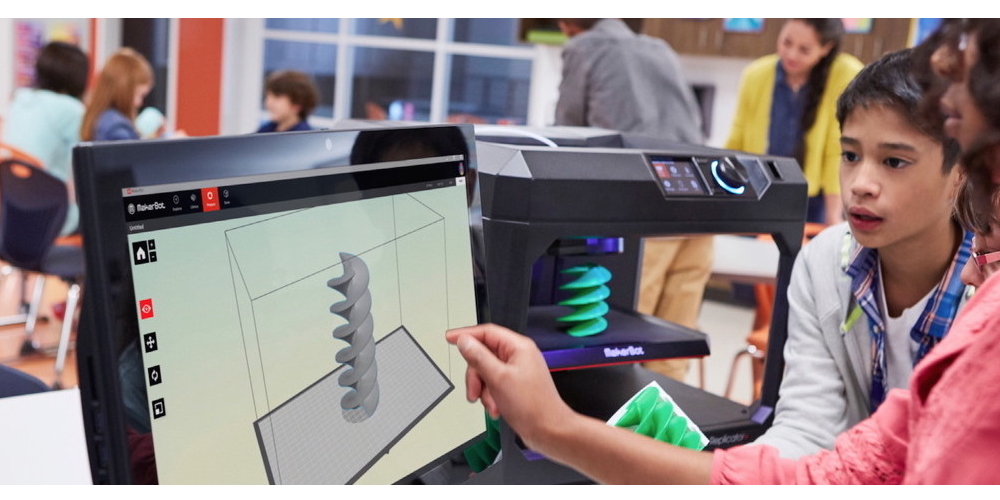Digitalization is fully entrenched in our lives. It is now changing almost every aspect of how we live and work, from styling apps to container ships. It would surely come as a great surprise if schools, the very institutions whose mission is to prepare young people for their future lives and careers, did not take part in the trend. It is therefore logical to seek to bring digitalization into the school and take advantage of the options it provides in terms of curriculum and as a learning and teaching aid. This in turn represents a major challenge, since much work lies ahead on the path towards creating digital schools, and many obstacles will be faced along the way.

IT professionals in the bubble we inhabit might have expected more headway to have been made. This lack of progress was underscored in a recent study on digital education published by the Bertelsmann Foundation. According to the paper, only about 10 percent of teachers use digital media “that promote creative, individual, or interactive learning” in the classroom. This runs counter to the fact that digitalization has long been part of the lives of most pupils, who use smartphones, tablets, and platforms like WhatsApp, Instagram, and Facebook every day. If schools provide outdated equipment, motivating students will obviously prove difficult.
I believe three things are necessary to (finally) move digitalization forward at schools.
Systems and Infrastructure
From a technical perspective, the first step is to bring the systems and infrastructure up to date. This includes interactive whiteboards, tablets, and WiFi, as well as providing for high standards in terms of security, which are absolutely vital for all that follows. As a side note, we at Dell EMC offer a full range of products and services as well as consulting expertise specifically tailored to the needs of schools.
Personalized Learning
That all being said, having the best systems is of little benefit if there are no viable concepts on how to successfully deploy them in the classroom. The aim of digitalization, therefore, should not be simply to have the teacher write on an interactive whiteboard instead of a blackboard or to have pupils use a tablet rather than a notepad, let alone have them copy and paste content from Wikipedia. The ultimate goal should instead be to bring about interactive, personalized, cooperative learning – and this requires that new forms of teaching be developed. To avoid any confusion or misunderstanding, a new form of IT-based education is not the objective; it is rather to fundamentally change how children are taught.
Educator Training
Likewise, even the best digital curriculum or teaching plan is of little use if the material cannot be properly conveyed to pupils. At present, far too few teachers have the requisite skills in this area. Highly committed math teachers who had been dedicating their free time to their school’s IT systems will need help in creating the digital school. This is not something they can do alone. Use of digital media in the classroom therefore needs to become a core focus when training present and future teachers. We are still a long way from this becoming reality at the moment, meaning much work remains to be done.
Digitalization is now on the agenda when it comes to education policy. As part of the DigitalPakt#D initiative, for example, the German government is working in conjunction with five federal states to equip 40,000 schools with computers, software, and Internet access. This is definitely a step in the right direction. However, the initiative was launched back in 2016, and now, one year later, there has been no specific progress to report. There are even reports that the €5 billion required for the project have not been earmarked in the 2018 federal budget. That means funds will not be available before 2019 for purchasing new computers and setting up a state-of-the-art broadband infrastructure.[1]
It should be noted here that digitalization is normally associated with faster speeds. If the initiative proceeds at a glacial pace, schools will fall behind. And what type of impression will this leave on pupils? Will they now be given three years to complete a report?
Find out more about the digital transformation at schools and Dell EMC’s activities in the educational field.
[1] https://www.heise.de/newsticker/meldung/Vernetzte-Schulen-Bundesregierung-verschiebt-milliardenschweren-Digitalpakt-3819138.html
